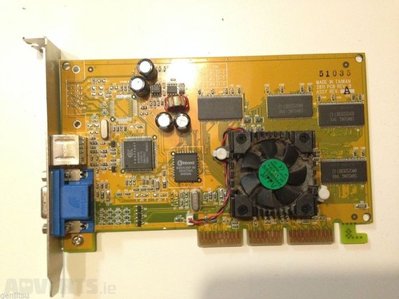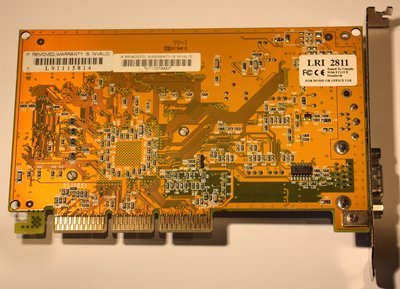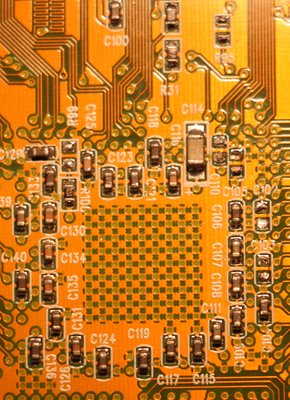First post, by blackmasked
- Rank
- Newbie
Dear all
I purchased a bunch of cards on ebay recently, among them was a Riva TNT2, unfortunately it is dead.
Upon close inspection it became quite clear that it has been damaged and some of the surface mounted resistors and capacitors are missing. I will attempt to restore it into working order, however I won't be able to do so without knowing what resistors I should solder back onto the board.
According to this site it's a Leadtek WinFast 3D S320 II TNT2 Pro 32 MB.
http://hattix.co.uk/hardware/index.php?page=video1.html
The missing SMDs are:
R31, R52, R95, C102, C103, C105, C110, C144 and C163.
Does any of you has this card in possesion and would be kind enough to share high resolution pictures of the back of the card, expecially the areas around the SMDs mentioned above?
DOS build: Gigabyte GA-586T2, P200 MMX, 64MB RAM, Tseng ET6000 4MB, Sound Blaster AWE64 Gold, Roland SC-55mkII, Yamaha MU-80
98SE build: MSI MS-6163 Pro, PIII 650MHz, 256MB RAM, Voodoo3 3000, Sound Blaster Live! 5.1 Platinum, Yamaha SW1000XG








